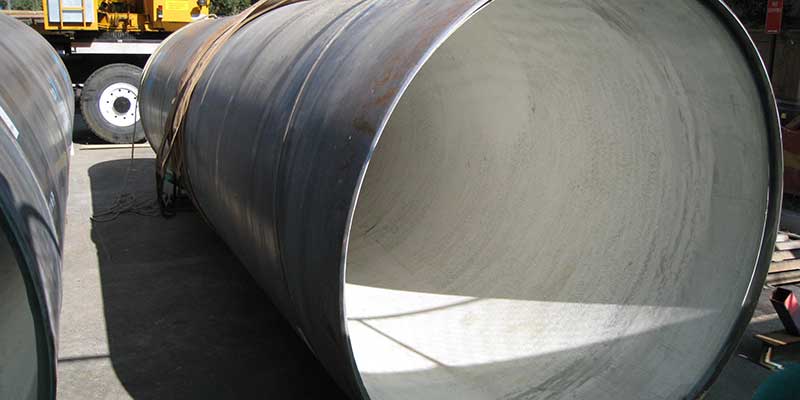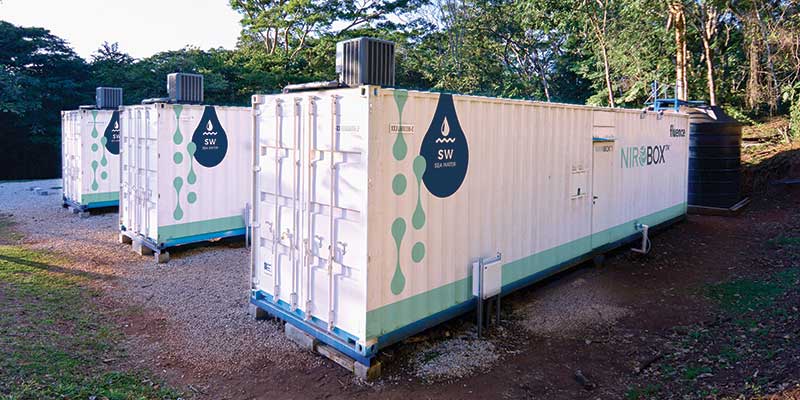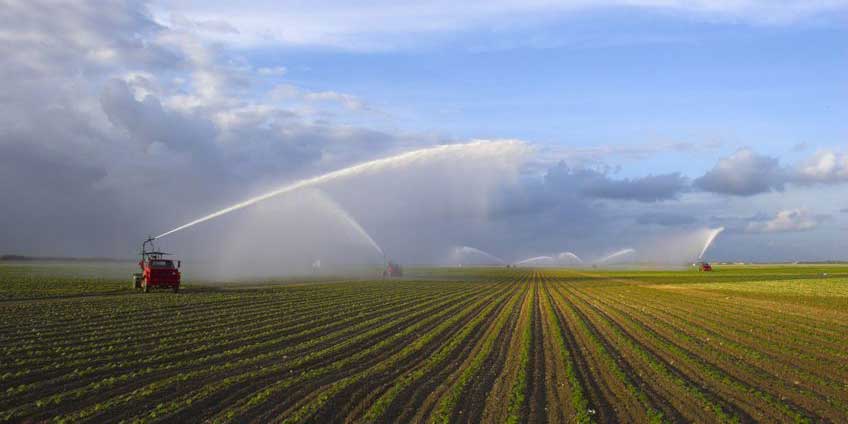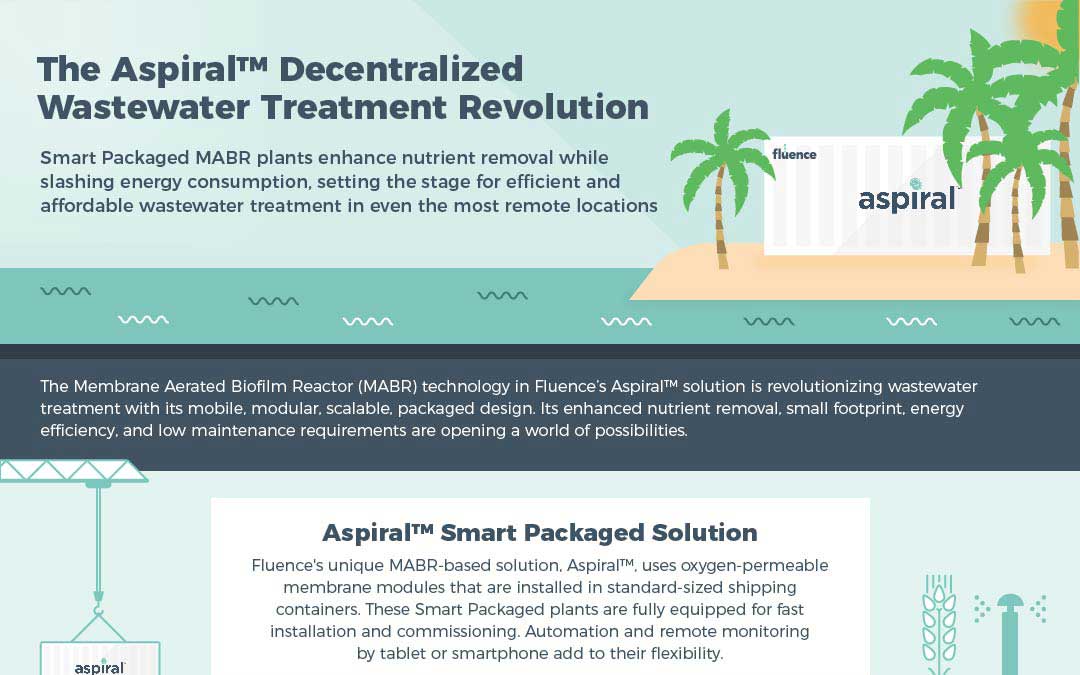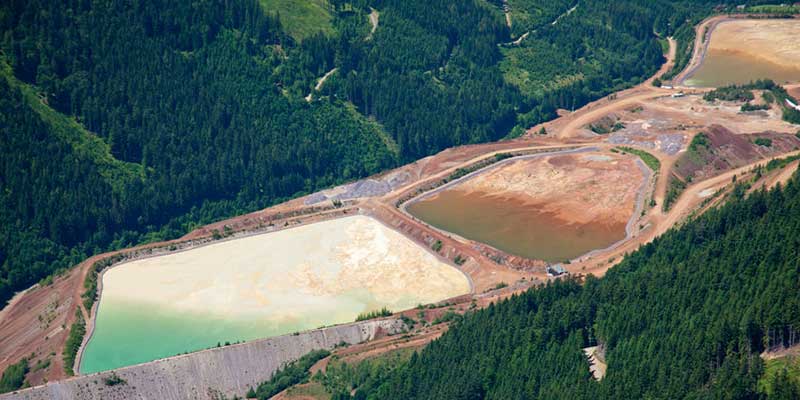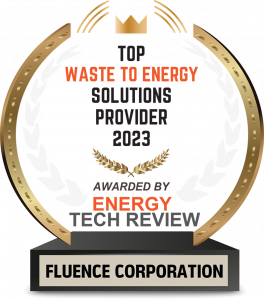Water Sustainability Blog
News on the world's most precious resource, including the latest in research, trends, and treatment advances
Sydney’s White Elephant Desalination Plant
The Sydney desalination plant at Kurnell was built to rescue the city from a drought that eventually ended. Is decentralized treatment a better option?
Smart Packaged Treatment Key to Decentralization
Decentralized wastewater treatment and desalination are nothing new, but technological advances have led to revolutionary increases in cost-effectiveness.
U.S. Groundwater Reserves More Limited Than Assumed
Fossil aquifers have long been thought to hold a reliable freshwater supply, but studies show they’re more likely to be salty or polluted than expected.
Infographic: The Aspiral™ Decentralized Wastewater Treatment Revolution
Fluence’s Aspiral™ Smart Packaged solution solves a litany of wastewater treatment problems inside a standard-sized shipping container.
Desalination for Bahamian Resort
Rav Bahamas has contracted with Fluence to replace its Resorts World desalination plant on North Bimini in the Bahamas with three NIROBOX™ SW units.
Water Use in the Mining Industry
The mining industry is increasingly rising to the challenge of greening its operations to meet new regulations and to overcome public opposition.

